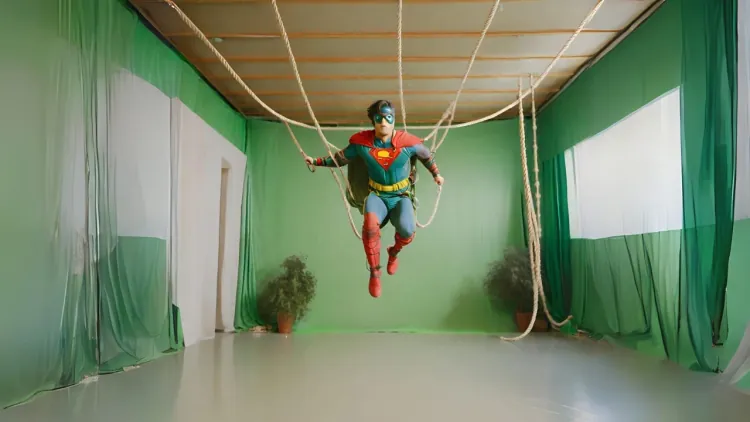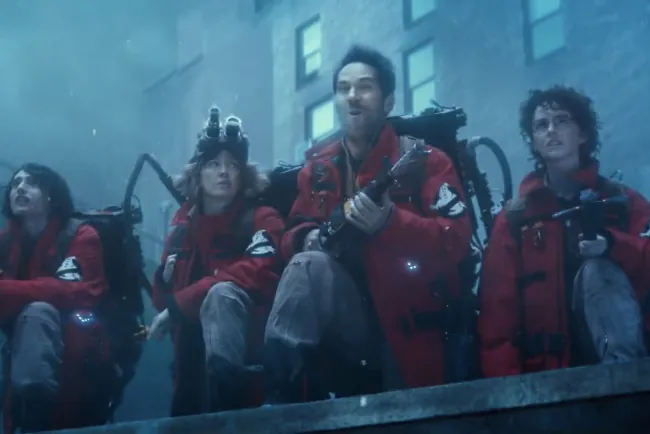The Evolution and Impact of CGI in Cinema: Transforming Visual Storytelling
Explore the evolution and impact of CGI in cinema, from early digital effects to today's sophisticated visual spectacles. Discover how CGI transforms storytelling, creates realistic characters, and enhances cinematic experiences.

The Evolution and Impact of CGI in Cinema
Computer-generated imagery (CGI) has revolutionized the world of cinema, transforming the way filmmakers create and audiences experience movies. From the early days of simple digital effects to the highly sophisticated visual spectacles of today, CGI has expanded the boundaries of storytelling, enabling filmmakers to bring their wildest imaginations to life. In this article, we delve into the evolution, techniques, and impact of CGI in cinema.
The Evolution of CGI in Cinema
Early Beginnings
The origins of CGI in cinema date back to the 1970s and 1980s, with pioneering films like Westworld (1973) and Tron (1982) introducing audiences to the potential of digital effects. These early uses of CGI were rudimentary by today's standards, but they laid the groundwork for future advancements. Westworld featured the first use of 2D computer graphics, while Tron showcased a blend of live-action and extensive computer-generated environments, captivating audiences with its groundbreaking visuals.
Breakthroughs in the 1990s
The 1990s saw significant advancements in CGI technology, culminating in several landmark films. Jurassic Park (1993) is often credited with revolutionizing CGI by seamlessly integrating realistic computer-generated dinosaurs with live-action footage. This film demonstrated the potential of CGI to create lifelike creatures and environments, setting a new standard for visual effects in cinema.
Another milestone came with Toy Story (1995), the first fully computer-animated feature film produced by Pixar Animation Studios. Its success proved that CGI could be used to create entire films, opening the door for a new era of animated movies.
The Digital Age
The 21st century has witnessed exponential growth in the use of CGI, driven by advancements in computer processing power and software capabilities. Films like The Lord of the Rings trilogy (2001-2003), Avatar (2009), and The Avengers series (2012-2019) have pushed the boundaries of what is possible with CGI, delivering breathtaking visuals and complex digital characters.
In recent years, CGI has become an integral part of nearly every major film production, whether to create fantastical worlds, realistic creatures, or simply enhance practical effects. The technology has evolved to the point where the line between reality and CGI is often indistinguishable.
Techniques and Applications of CGI
Creating Realistic Characters and Creatures
One of the most remarkable applications of CGI is the creation of realistic characters and creatures. Through techniques such as motion capture and 3D modeling, filmmakers can bring to life characters that would be impossible or impractical to create using traditional methods. Motion capture technology, as seen in films like Avatar and Planet of the Apes (2011), allows actors' performances to be digitally recorded and transferred to CGI characters, resulting in highly detailed and expressive animations.
World-Building and Environments
CGI is also instrumental in creating immersive and detailed environments. From the sprawling cities of Blade Runner 2049 (2017) to the otherworldly landscapes of Interstellar (2014), CGI allows filmmakers to construct entire worlds that enhance the narrative and captivate audiences. Digital environments can be seamlessly blended with live-action footage, providing filmmakers with unparalleled creative freedom.
Special Effects and Action Sequences
Action sequences and special effects have been greatly enhanced by CGI. Explosions, car chases, and supernatural phenomena can be created with a level of precision and safety that practical effects cannot match. Films like The Matrix (1999) introduced audiences to "bullet time" effects, where CGI was used to create slow-motion action sequences that were both visually stunning and narratively impactful.
The Impact of CGI on Filmmaking and Audiences
Creative Freedom for Filmmakers
CGI has provided filmmakers with unprecedented creative freedom. Directors and visual effects artists can now visualize and execute scenes that were previously unimaginable. This freedom has led to a surge in creative storytelling, with films exploring new genres, themes, and visual styles.
Enhanced Audience Experience
For audiences, CGI has elevated the cinematic experience, offering visuals that are more immersive and engaging. Spectacular CGI-driven scenes can evoke wonder, excitement, and emotional responses, making movie-going a more dynamic and memorable experience.
Challenges and Criticisms
Despite its many advantages, CGI is not without its challenges and criticisms. Some argue that an overreliance on CGI can lead to a lack of authenticity, with films feeling overly artificial. There is also the concern of "uncanny valley," where digital human characters can appear unsettlingly lifelike yet still noticeably artificial.
Moreover, the high costs associated with CGI can strain budgets and lead to financial risks for studios. Balancing the use of practical effects and CGI to maintain realism and cost-effectiveness remains an ongoing challenge in the industry.
Conclusion
CGI has undeniably transformed the landscape of cinema, enabling filmmakers to push the boundaries of storytelling and create visually stunning experiences. From its humble beginnings to its current sophistication, CGI continues to evolve, shaping the future of filmmaking. As technology advances and creative minds continue to explore its possibilities, the impact of CGI in cinema will undoubtedly continue to grow, offering audiences new and exciting cinematic adventures.
What's Your Reaction?






















